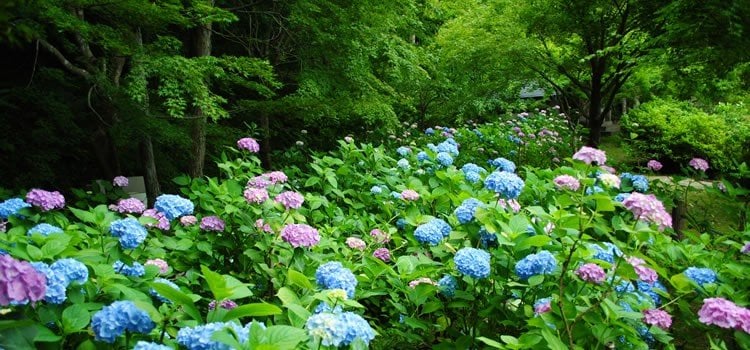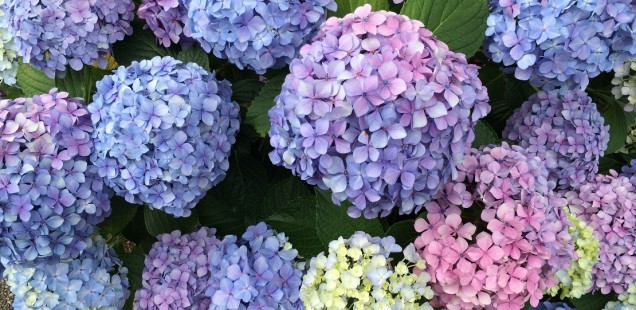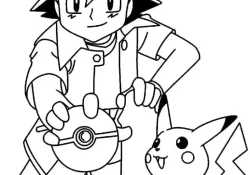I have the book in hand Meeting with Japanese-Brazilian poems. I selected some poems that delicately trace this difficult transition from the distant islands to this tropical hell. I am touched by the delicacy with which they allude to delicate topics. The book presents a brief history of the direction of Japanese artistic forms on Brazilian soil. The first immigrants arrived here in 1908. In this article, we will see a little about the 3 main types of poems that the book highlights and some Brazilian versions of this style of poem that tell a little about Japanese immigration.
Índice de Conteúdo
Haikai Poems (俳句)
Haikai It is a style of poem written in simple language, without rhyme, structured in three lines totaling 17 syllables. They use sensory language to capture a feeling or an image. This poetic form expresses aspects of nature and always includes a kigo (a theme word that is usually a flower, animal, or weather phenomenon). When coming to Brazil, the immigrant Nenpuku Sato was given a mission to fulfill by his master:
- Hatta utte haikaikoku or hiraku beshi
- Cultivate the land and build a haiku country. - Kyoshi Takahama
Nenpuku composed his haiku observing tropical nature. An example:
- The brightness
- coffee flowers
- at moonrise;
It fulfilled its mission well, since Brazil is the country in which the most haikuists exist, outside of Japan, and where people of all ethnicities are enchanted by the haiku guilds, unlike what happens in other countries whose peoples are less inclusive than our.
| Ribeira River _ tea harvests song on its banks. Kazue Koyama |
At the sound of the poem by Gonçalves Dias sings the thrush. Reiko Akisue |
In the New Year, phone call to Japan. Congratulations! Mitsue Ino |
| Sabiás twittering_ cozy feeling in the hospitable country. Saoko Kosai |
Return to Japan _ in the vast dry field buried dreams. Kazuma Tomishige |
Immigrant Day_ Love the homeland and praise for this country. Haruno Nishida |
Tanka (短歌)
Tanka is a poetic modality with more than 1300 years of history, consisting of 31 syllables linked together, conveying personal feelings. The people who come together to maintain this tradition are true guardians of ancient culture.
| Crossing the street with the blue-eyed daughter-in-law, hands that touch me transmit heat. Reiko Abe |
I started to like Soccer/Football more than sumo, and so I was integrating myself among the Brazilians. Asahiko Fujita |
Senryû (川柳)
Senryu is a satirical poem that emerged in the mid-Edo period (17th century) and uses modern language to refer to everyday facts.
Many of the poems, written in Japanese, lose their metric in translation; however, the feelings of an entire community are the important aspect of this reading, and remain fresh and intact. Japanese literature will die with its authors, of which there are still a few centenarians, but the new generation together with Brazilian admirers of these poetic forms will carry on this tradition, now no longer Japanese, but acclimatized.
| Immigrants have aged who still sing their homeland. Kobayashi Yoshiko |
Children are not shown the sadness of making guts a heart. Suga Tokuji |
Being happy is everyone's decision. Happiness will flourish wherever we cultivate. Kazuko Hirokawa |
In 1987, São Paulo founded the Grêmio Haicai Ipê, under the leadership of Hidekazu Masuda, affectionately called Mestre Goga. In 1996, a catalog entitled Nature - birthplace of haiku , containing 1400 Brazilian kigos was published to commemorate the Brazil-Japan Friendship Centenary.
Like so many other good contributions that the Japanese have brought us, his poetry enriches our view of the world. Let us harmonize, therefore, with nature and with all other peoples, our brothers.







